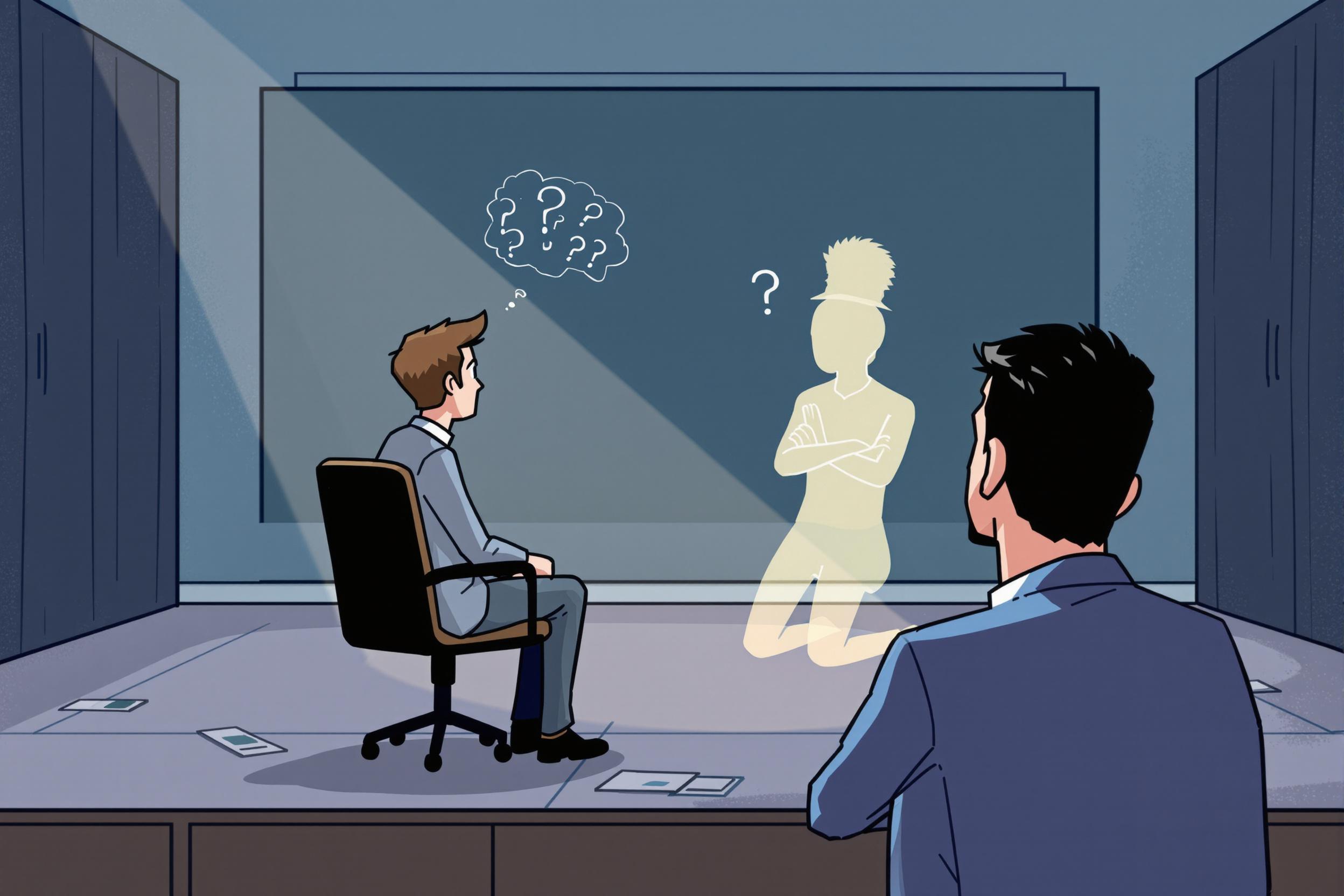
Phantom Power
Phantom Power is a standard way of powering microphones used in professional audio recording, especially in podcasting and broadcasting. It's like an invisible power supply that travels through microphone cables to make certain types of microphones work. When you see this term on a resume, it shows that the person understands how to properly set up and use professional microphone equipment. Think of it as knowing how to properly power up studio equipment - it's a basic but important skill in audio production. When job descriptions mention "knowledge of Phantom Power," they're looking for someone who can handle professional audio equipment safely and effectively.
Examples in Resumes
Trained team members on proper use of Phantom Power for condenser microphones in podcast studio setup
Troubleshot audio recording issues including Phantom Power supply problems
Set up and maintained podcast recording equipment including Phantom Power enabled interfaces
Typical job title: "Audio Engineers"
Also try searching for:
Where to Find Audio Engineers
Online Communities
Professional Networks
Job Boards
Example Interview Questions
Senior Level Questions
Q: How would you set up a multi-microphone podcast studio from scratch?
Expected Answer: A senior should discuss proper power management including phantom power requirements, choosing appropriate microphones, audio interface selection, and creating redundant systems to prevent recording failures.
Q: What's your process for troubleshooting audio issues in a live recording situation?
Expected Answer: Should explain systematic approach including checking phantom power settings, cable testing, signal flow verification, and having backup equipment ready.
Mid Level Questions
Q: What precautions do you take when using phantom power?
Expected Answer: Should mention turning down volume before enabling phantom power, checking microphone compatibility, and proper order of operations when connecting equipment.
Q: How do you maintain audio equipment in a podcast studio?
Expected Answer: Should discuss regular testing of phantom power supplies, cable maintenance, keeping equipment clean, and documenting any issues or repairs.
Junior Level Questions
Q: What is phantom power and when do you use it?
Expected Answer: Should explain that phantom power is needed for condenser microphones and demonstrate basic knowledge of how to safely enable it on an audio interface.
Q: What types of microphones require phantom power?
Expected Answer: Should know that condenser microphones need phantom power while dynamic microphones don't, and understand basic microphone types.
Experience Level Indicators
Junior (0-2 years)
- Basic microphone setup and care
- Understanding of phantom power usage
- Simple recording equipment operation
- Basic audio troubleshooting
Mid (2-5 years)
- Multiple microphone setup management
- Advanced audio equipment troubleshooting
- Studio maintenance procedures
- Equipment safety protocols
Senior (5+ years)
- Complete studio design and setup
- Advanced audio system integration
- Team training and supervision
- Complex audio problem resolution
Red Flags to Watch For
- Unfamiliarity with basic audio equipment safety
- No hands-on experience with professional microphones
- Lack of knowledge about different microphone types
- Unable to troubleshoot basic audio problems
Related Terms
Need more hiring wisdom? Check these out...

Ghosted Again? How to Stop Candidates from Disappearing and Start Engaging Them Better

Ghostbusting in Recruitment: How to Keep Candidates Engaged

When Your Team Sells You Better Than Marketing Ever Could: The Power of Employee Advocacy

